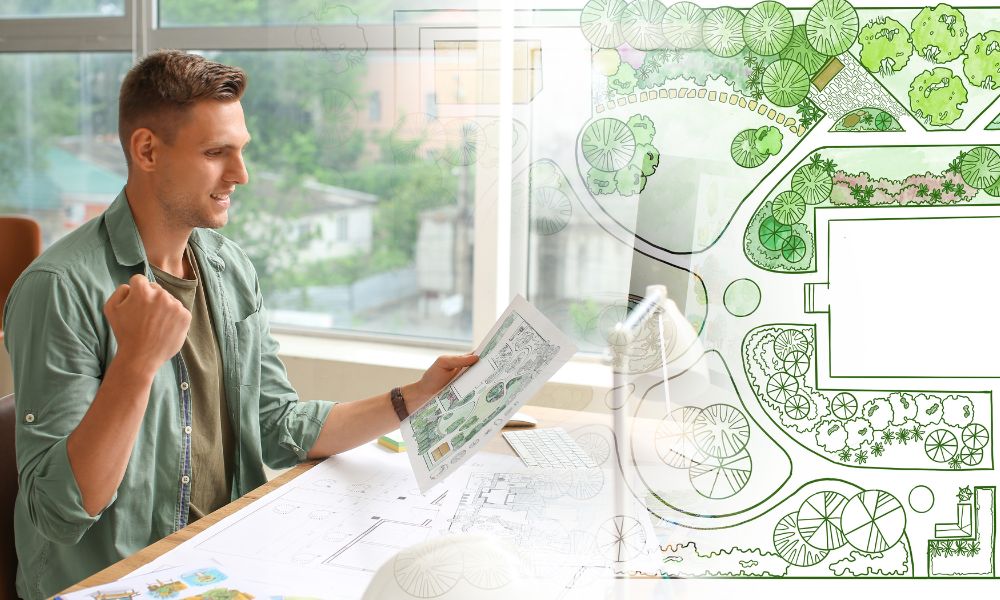Tips for Building a Sustainable Public Park

Are you responsible for designing and building a new park for your community? Ensure that your public park is an example of sustainability and conservation by keeping these tips in mind while building.
Preserve the Natural Landscape
As much as you may want to start with a fresh canvas for the park, the park should coexist with—not squash—the natural landscape. Part of sustainability is working in harmony with nature, so disrupting the landscape and ecosystem to build a new park does more harm than good for the environment.
Instead of brainstorming what to change about the land, consider how the park can improve the land and emphasize its natural features.
Emphasize Native Vegetation
It’s also better for the environment and ecosystem if you emphasize the natural vegetation that the land produces instead of transplanting new and foreign plants into the soil. While foreign vegetation may look more interesting, it’s better for the land to leave and nurse native bushes, flowers, and trees.
Plus, native vegetation and brush are much easier to care for and maintain than foreign plants.
Utilize Recycled Materials
If you’re building a public park with some structures like a playground or gathering center, it’s important to use sustainable and recycled materials. Rather than organic wood and metal, plastic lumber materials can save your city money and are better for the environment.
Plastic lumber materials are made from recycled plastics, thereby preserving trees in our forests while reducing the overflowing waste in our landfills. Plus, recycled plastic materials are waterproof and insect resistant, making them the ideal, long-lasting outdoor material for playgrounds and structures.
Offer Plenty of Waste Bins
A lack of waste bins might lead to unsightly garbage strewed around, posing a risk to wildlife and the environment. While you hope park patrons will accept the responsibility of keeping their park clean, it’s best to make it easy as possible with plenty of garbage, recycling, and compost bins.
A compost bin at a park is a great opportunity to show that your public park cares about sustainability and can be a teaching tool for patrons and kids to learn about the benefits of composting.
Fertilize with Natural Mulch & Compost
Since your park already has compost bins, you might as well put that compost to good use by using it as fertilizer. Natural compost makes for excellent fertilizer for the plants and flowers in your public park—much better than artificial fertilizer that can upset the soil’s natural chemical balance. It’s a win-win for your public park—the compost bin helps keep it clean, and the compost helps the vegetation grow to its full potential!
If you’re designing a new public park for your community, go the extra mile to ensure sustainability by following these tips. Doing so will help your park, community, and environment thrive.





